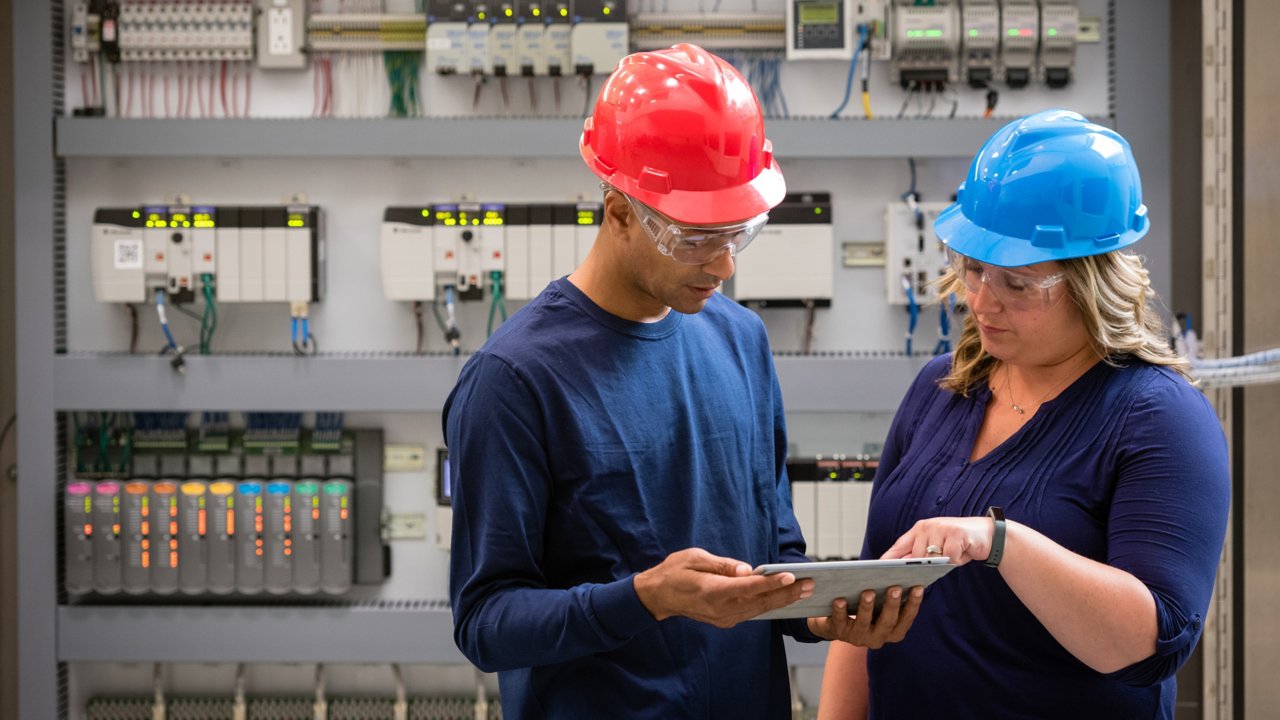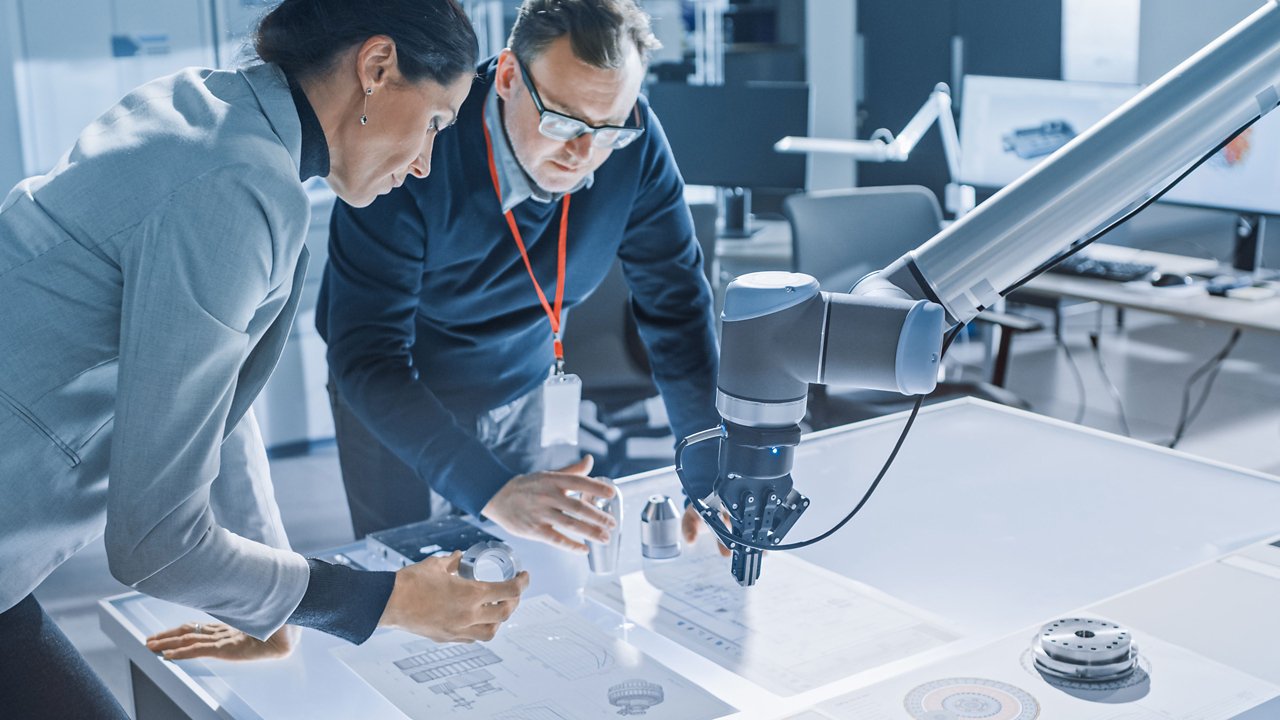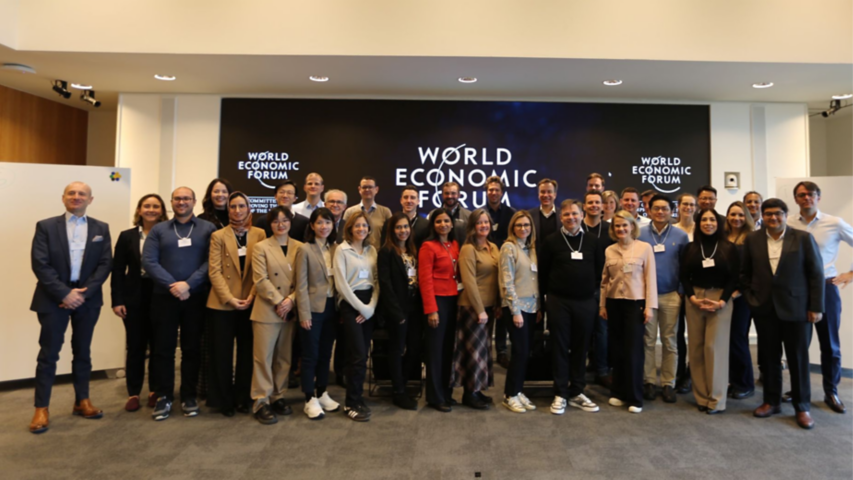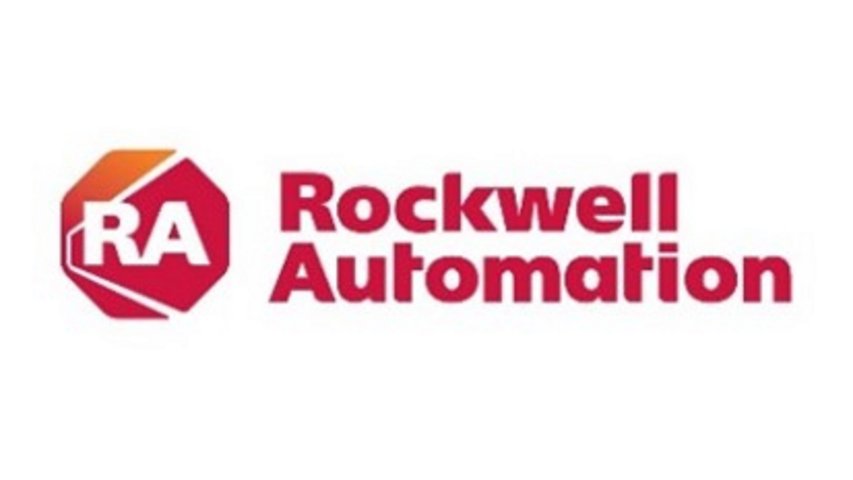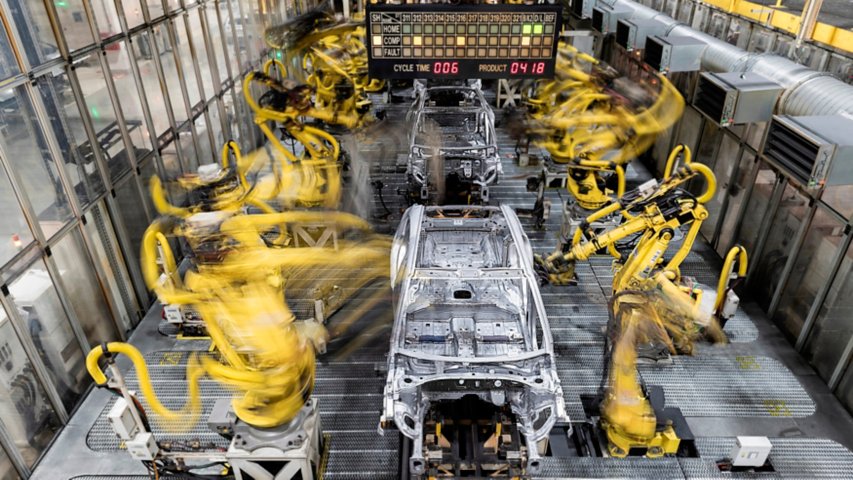In pursuing the ambition of becoming a digital enterprise, IT leaders have tended to focus their attention on modernizing information systems.
Now, as integration of the entire product lifecycle comes into focus, greater emphasis is being placed on generating value on the data sourced from operational technology (OT) systems.
The sheer amount of data that operational systems typically generate requires some forethought. It isn’t just about collecting information from product development and manufacturing processes, rather it’s about making that information available across the lifecycle as part of a seamless and easily accessible digital thread.
By capturing and contextualizing information from OT systems and using it to improve outcomes along the value chain, manufacturers can be better positioned to deliver a better product, with greater consistency of quality and at the right economic commitment.


